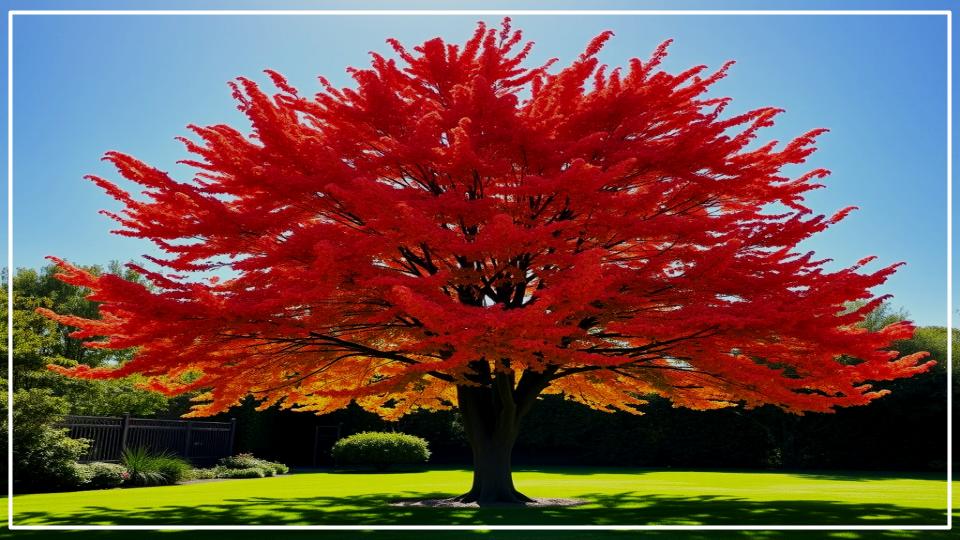
The vision of a perfect garden often includes a canopy of lush, gracious trees. But as summers get hotter and water becomes more precious, the reality of keeping those trees vibrant can feel like a demanding, full-time job. What if you could have the beauty, shade, and structure you dream of, without the constant worry of a thirsty landscape? The secret lies in choosing the right plants from the start. We’re talking about drought-proof trees—gorgeous, resilient species that, once established, perform beautifully with minimal supplemental water.
This guide will introduce you to nine of the most reliable and stunningly tough trees that are perfect for creating a sustainable, low-maintenance, and elegant garden. Let’s dig in.
Key Takeaways
Here’s what you need to know about successfully growing trees in a dry climate:
- Establishment is Everything: Even the toughest trees need consistent water for their first one to two years to develop deep, resilient root systems.
- Mulch is Mandatory: A thick, 3- to 4-inch layer of organic mulch is the single best thing you can do to conserve soil moisture and support your tree’s health.
- Right Plant, Right Place: Match a tree’s mature size and needs to your specific location. Sun exposure and soil type are just as important as water availability.
- Native is Often Best: Trees native to your region are already adapted to the local climate and rainfall patterns, making them excellent low-water choices.
Why Go Water-Wise? The Art of a Resilient Garden
Choosing drought-proof trees is about more than just saving on your water bill; it’s a shift in mindset toward creating a smarter, more sustainable landscape. This practice, often called water-wise landscaping or xeriscaping, is about designing a garden that works with its natural environment, not against it. In my own garden, I’ve found incredible freedom in knowing my landscape won’t just survive a dry spell, but will actually thrive.
The benefits are undeniable. You’ll spend less time dragging hoses around your yard and more time simply enjoying the shade and beauty your trees provide. These hardy selections are often more resistant to local pests and diseases, further reducing your maintenance workload. By choosing these self-sufficient trees, you create a resilient ecosystem that adds value to your home and a habitat for local wildlife, all while conserving our most vital resource.
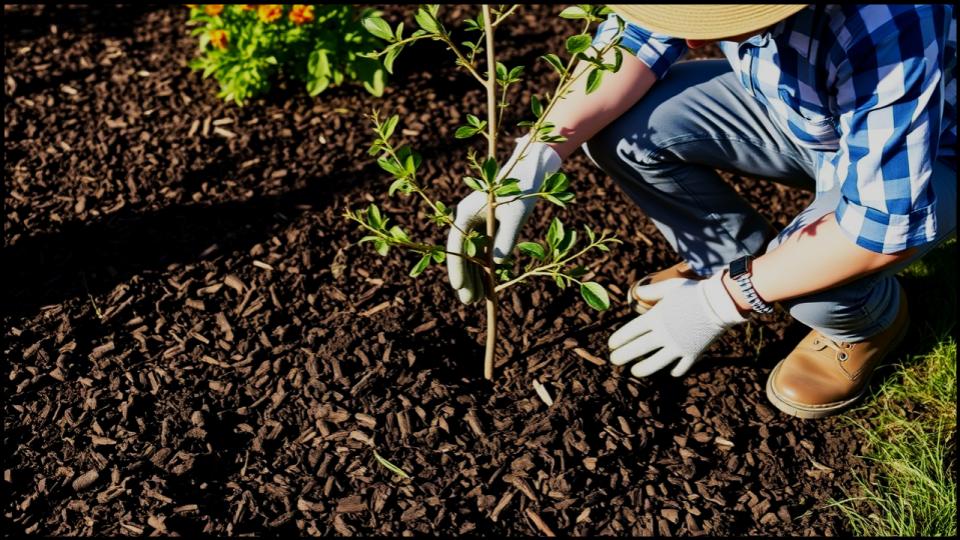
Our Top 9 Drought-Proof Trees for a Stunning Garden
These trees were chosen for their exceptional toughness, beauty, and adaptability to a range of climates. They prove that you don’t have to sacrifice style for sustainability.
1. Chinese Pistache (Pistacia chinensis)
If you crave spectacular fall color that rivals a New England maple but without the high water demand, look no further. The Chinese Pistache is a true four-season stunner. Its fine-textured, deep green foliage provides lovely, dappled shade in summer, then erupts into a breathtaking display of scarlet, orange, and vibrant yellow in autumn. A common mistake I see gardeners make is overwatering this tree, which it simply doesn’t need once it’s established. It is an exceptionally reliable and one of the best trees for dry climates.
- Size: 30–60 feet tall and wide
- Zones: 6–9
- Why it’s tough: Native to western and central China, it is well-adapted to hot, dry summers and is highly resistant to pests and diseases. Its deep taproot seeks out moisture far below the surface.
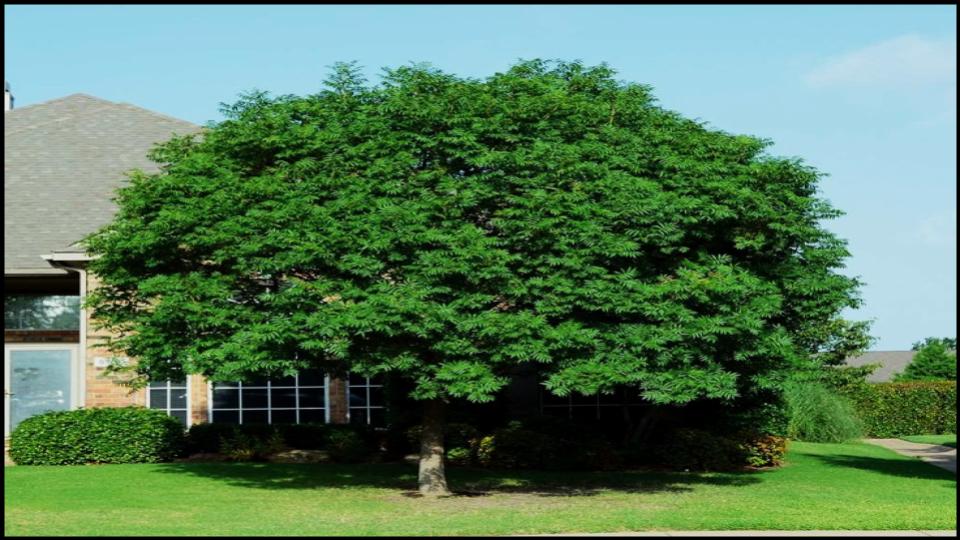
2. Live Oak (Quercus virginiana)
The Southern Live Oak is an icon of strength and endurance for a reason. With its majestic, sprawling branches often draped in Spanish moss, it creates a sense of history and permanence in the landscape. While it grows slowly, the investment in time pays off with a legacy tree that will provide shade for generations. It is remarkably tolerant of salt spray and poor soils, making it a stellar choice for coastal and challenging urban areas alike.
- Size: 40–80 feet tall, 60–100 feet wide
- Zones: 7–10
- Why it’s tough: According to the University of Florida IFAS Extension, its extensive root system and leathery leaves, which reduce moisture loss, make it incredibly drought tolerant once established.

3. Crape Myrtle (Lagerstroemia indica)
The “lilac of the South” is a beloved classic, and modern varieties have made it a go-to for just about any sunny garden. Celebrated for its enormous, showy flower clusters that last all summer long, the Crape Myrtle is a workhorse of color. From petite shrubs to stately trees, there’s a size and color for every design. I love using the single-stem tree forms as focal points; their beautifully mottled, exfoliating bark provides fantastic winter interest.
- Size: Varies by cultivar, from 3 feet to over 30 feet tall
- Zones: 6–10
- Why it’s tough: This tree thrives in the heat that makes other plants wilt. It prefers well-drained soil and is famously forgiving of dry spells once its roots are down.

4. Chaste Tree (Vitex agnus-castus)
If you want to attract pollinators without running up your water bill, the Chaste Tree is your answer. In mid-to-late summer, it produces impressive spires of lavender-blue flowers that are an absolute magnet for bees and butterflies. Its grayish-green foliage has a pleasant, sage-like aroma, adding another sensory layer to the garden. It’s one of the most versatile low-maintenance trees, looking equally at home in a cottage garden or a more modern, minimalist design.
- Size: 10–20 feet tall and wide (can be pruned to a smaller size)
- Zones: 6–9
- Why it’s tough: Hailing from the Mediterranean, it is perfectly suited for hot, dry conditions and rocky soils.
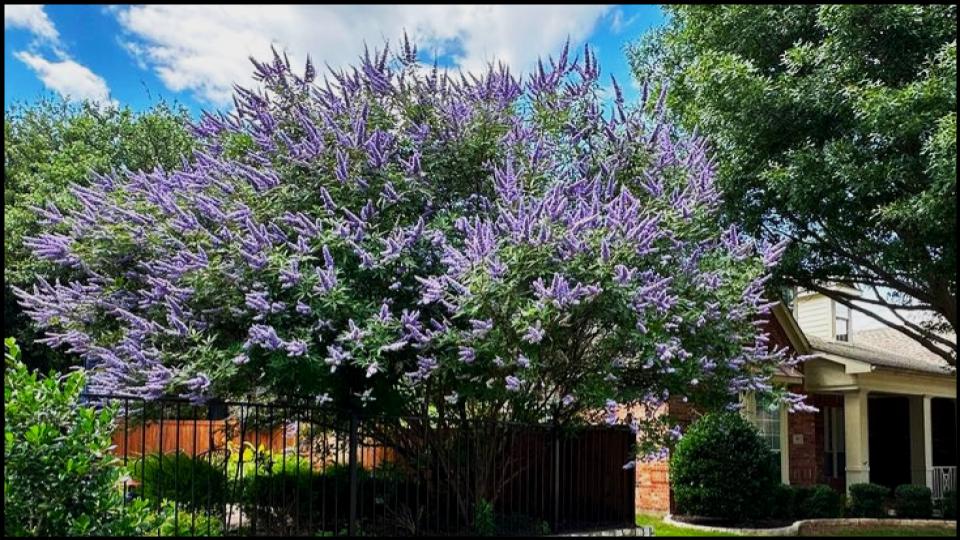
5. Ginkgo (Ginkgo biloba)
A living fossil, the Ginkgo tree has been around for millions of years, so it knows a thing or two about survival. Its unique, fan-shaped leaves are instantly recognizable and turn a brilliant, clear yellow in the fall. Ginkgos are incredibly resilient, tolerating urban pollution, confined spaces, and, of course, drought. For a truly low-mess option, be sure to plant a male variety like ‘Autumn Gold’ or ‘Princeton Sentry’, as female trees produce a notoriously smelly fruit.
- Size: 25–50 feet tall, 25–35 feet wide
- Zones: 3–9
- Why it’s tough: As noted by the Morton Arboretum, its adaptability is legendary. It withstands a vast range of conditions, including heat, compacted soil, and low moisture, making it one of the most reliable drought-proof trees for cityscapes.
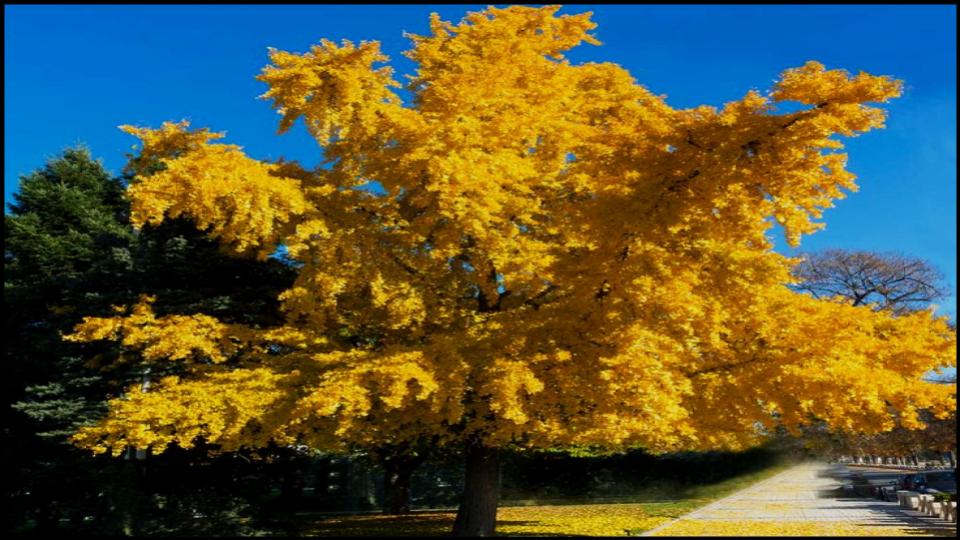
6. Hackberry (Celtis occidentalis)
The Hackberry might just be the toughest, most adaptable native tree you’ve never considered. It’s often overlooked in favor of flashier maples and oaks, but its understated charm and incredible resilience make it a horticultural hero. With warty, cork-like bark that adds rugged texture and a pleasing vase shape, it’s a fantastic shade tree that can handle just about anything you throw at it: wind, urban pollution, and extreme temperatures.
- Size: 40–60 feet tall and wide
- Zones: 3–9
- Why it’s tough: It is native to a huge swath of North America and is found in a variety of challenging environments, from dry, rocky slopes to floodplains.

7. Eastern Red Cedar (Juniperus virginiana)
Don’t let the name fool you; this is actually a juniper, and it’s one of the most versatile native evergreens you can plant. It provides critical food and shelter for birds and offers year-round color and screening. Its dense, scale-like leaves and classic conical shape make it an excellent choice for privacy hedges, windbreaks, or as a handsome vertical accent in the garden. In my own projects, I rely on it for creating structure that looks good even in the dead of winter.
- Size: 30–40 feet tall, 8–20 feet wide
- Zones: 2–9
- Why it’s tough: As a pioneer species, it’s one of the first trees to colonize poor, dry, disturbed soils where other plants struggle.
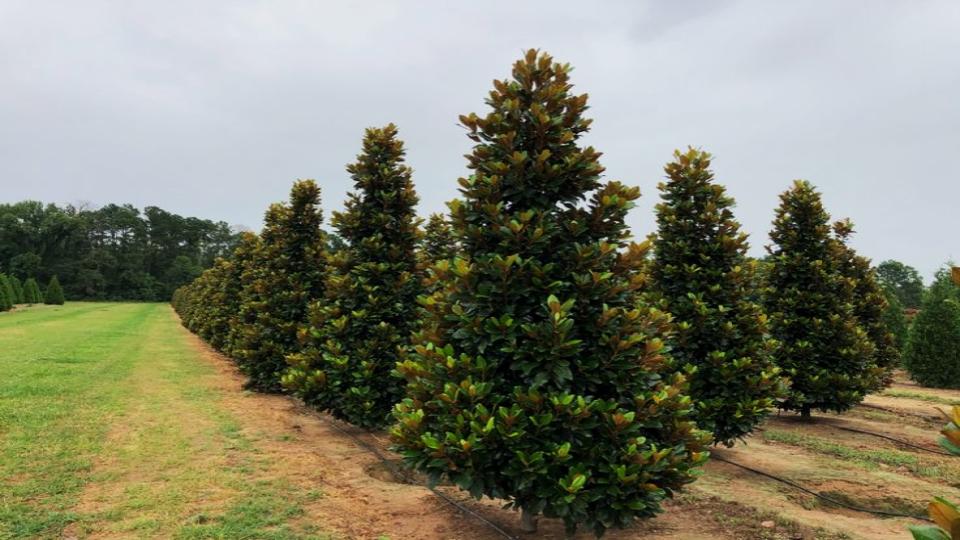
8. Pride of Barbados (Caesalpinia pulcherrima)
For gardens in warmer climates, the Pride of Barbados is an absolute showstopper. Also known as the Red Bird of Paradise, this small tree or large shrub produces flamboyant, fiery red-and-orange blossoms that look like exotic orchids. It blooms profusely throughout the hottest months of the year, bringing a vibrant, tropical feel to any patio or garden bed. It’s a fast grower and thrives on heat.
- Size: 10–20 feet tall and wide (often kept smaller)
- Zones: 8–11
- Why it’s tough: Native to the West Indies and tropical Americas, it is naturally adapted to periods of drought and loves full, baking sun.
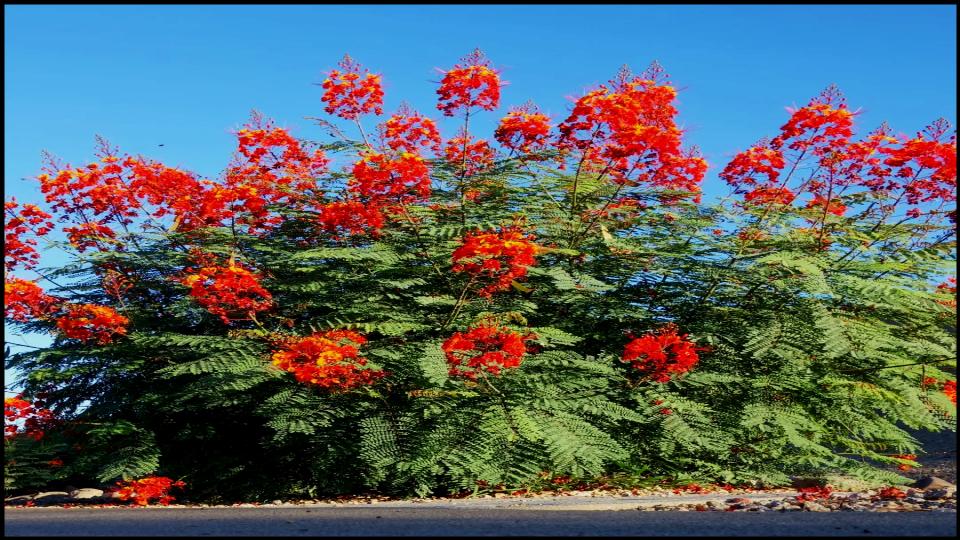
9. Desert Ironwood (Olneya tesota)
For those in the true desert southwest, the Desert Ironwood is a treasure. This “nurse plant” of the Sonoran Desert creates a microclimate that shelters countless other species. It has beautiful, silvery-blue evergreen foliage and produces a stunning flush of lavender flowers in late spring. Its wood is so dense it sinks in water. This is a slow-growing but incredibly long-lived tree that defines the character of its native landscape.
- Size: 15–30 feet tall and wide
- Zones: 9–11
- Why it’s tough: It is a true desert species, with deep roots and tiny leaflets that minimize water loss through evaporation, as documented by the Arizona-Sonora Desert Museum.
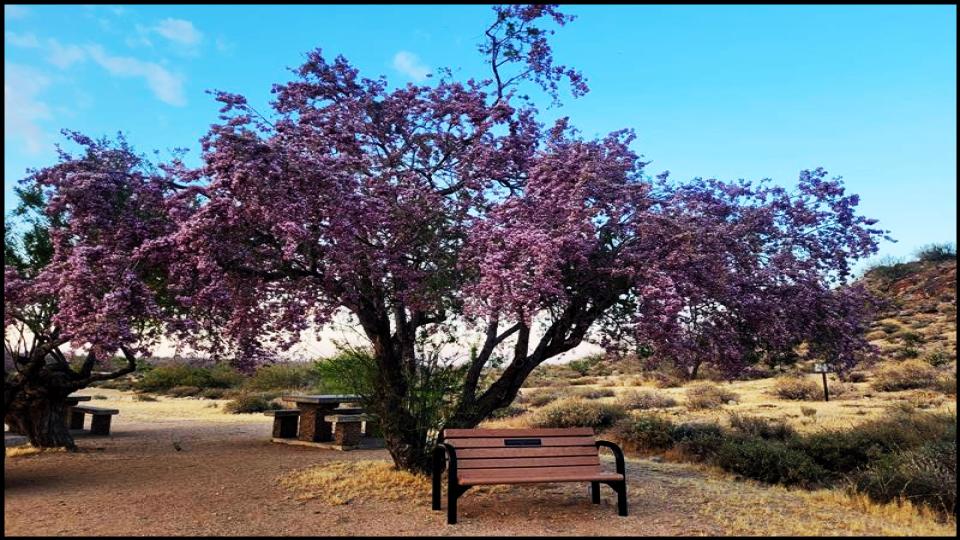
A Garden That Gives Back
Choosing drought-proof trees is an investment in a future where your garden is not a source of worry, but one of profound enjoyment and beauty. By embracing these resilient species, you are curating a landscape that is both elegant and intelligent, one that conserves resources while providing decades of shade, structure, and satisfaction. Now you are ready to select the perfect, tough-as-nails tree to anchor your beautiful, water-wise garden.
Read More
The Easy Way to a Perfect Lawn: What to Know Before Choosing a Lawn Care Subscription
